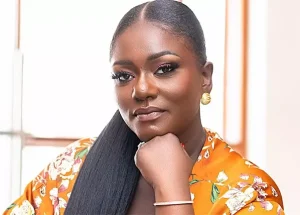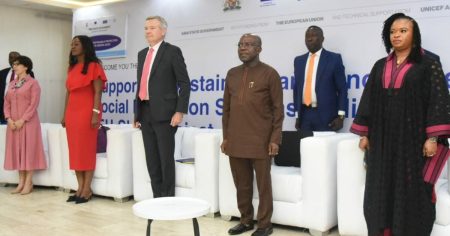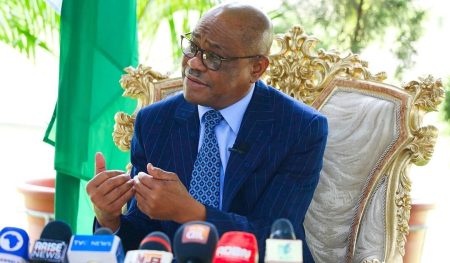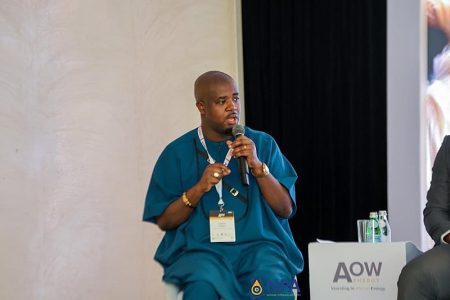Nigeria’s inaugural participation in the London Design Biennale in June 2025 marks a pivotal moment for the nation’s burgeoning creative industry, signifying its growing presence on the global design stage. The official national pavilion, aptly titled “Hopes and Impediments,” enjoys the backing of the Federal Ministry of Arts, Culture, Tourism, and the Creative Economy, underscoring the government’s commitment to promoting Nigerian artistry and innovation. This landmark event represents the first instance of government-sponsored involvement in such a prestigious international design platform, signaling a new era of support and recognition for Nigerian creatives.
The pavilion’s conceptual framework, curated and designed by Nigerian-American designer and researcher Myles Igwebuike, with programming spearheaded by Itohan Barlow Ndukuba, Founder of Culture Lab Africa, delves into the multifaceted themes of Nigerian identity, heritage, and future design possibilities. It offers a unique perspective, drawing inspiration from the ancient community of Lejja in Enugu State, renowned for its pioneering role in iron-smelting technology, one of the earliest known instances of such advancements. This historical context forms the cornerstone of the pavilion’s narrative, exploring Lejja not just as a historical site, but as a conceptual “social capital” of Nigeria, highlighting its profound influence on governance, gender dynamics, and ecological practices.
The exhibition employs a multi-disciplinary approach, seamlessly integrating ethnographic research, cutting-edge digital tools, and speculative architecture to reimagine Lejja’s significance in contemporary Nigeria. This innovative approach aims to reposition design as a potent instrument for historical reclamation and cultural expression. It seeks to challenge conventional narratives and offer a nuanced understanding of Nigeria’s rich history and its potential to shape future innovations. The pavilion’s emphasis on Lejja’s historical contributions underscores the importance of recognizing indigenous knowledge and its relevance in contemporary design discourse.
The “Hopes and Impediments” pavilion serves as a testament to Nigeria’s increasing investment in its creative sector. It represents a strategic move to position Nigerian designers and artists at the forefront of global creative conversations. The pavilion’s focus on reclaiming historical narratives and highlighting indigenous technologies aims to foster a sense of national pride and inspire future generations of Nigerian creatives. By showcasing the rich tapestry of Nigerian culture and innovation, the pavilion aims to attract international attention and collaboration, further solidifying Nigeria’s position as a rising force in the global creative landscape.
Myles Igwebuike describes the pavilion as an “intellectual and spatial provocation,” emphasizing its aim to challenge conventional understandings of design, history, and identity. By blurring the lines between scientific inquiry and humanistic exploration, the pavilion proposes a new paradigm that recognizes indigenous technologies as valuable epistemological tools. This approach seeks to decolonize design discourse and elevate indigenous knowledge systems to a position of equal importance alongside Western perspectives. The pavilion’s conceptual framework encourages a critical examination of historical narratives and challenges viewers to reimagine the future of design through a more inclusive and culturally diverse lens.
Itohan Barlow Ndukuba emphasizes the pavilion’s role in empowering West African designers and entrepreneurs to take the lead not only in innovation but also in shaping narratives that authentically represent African identity on the global stage. This focus on storytelling highlights the importance of cultural representation and the power of narratives to shape perceptions and foster understanding. The pavilion offers a platform for Nigerian creatives to share their unique perspectives and challenge dominant narratives, contributing to a more diverse and representative global design discourse. The Ministry of Arts, Culture, Tourism, and the Creative Economy views the Nigerian Pavilion as a crucial opportunity to showcase the nation’s rich cultural heritage, design innovation, and creative excellence, aligning with their “Nigeria Destination 2030” vision, which aims to position Nigeria as a leading cultural and creative hub.














